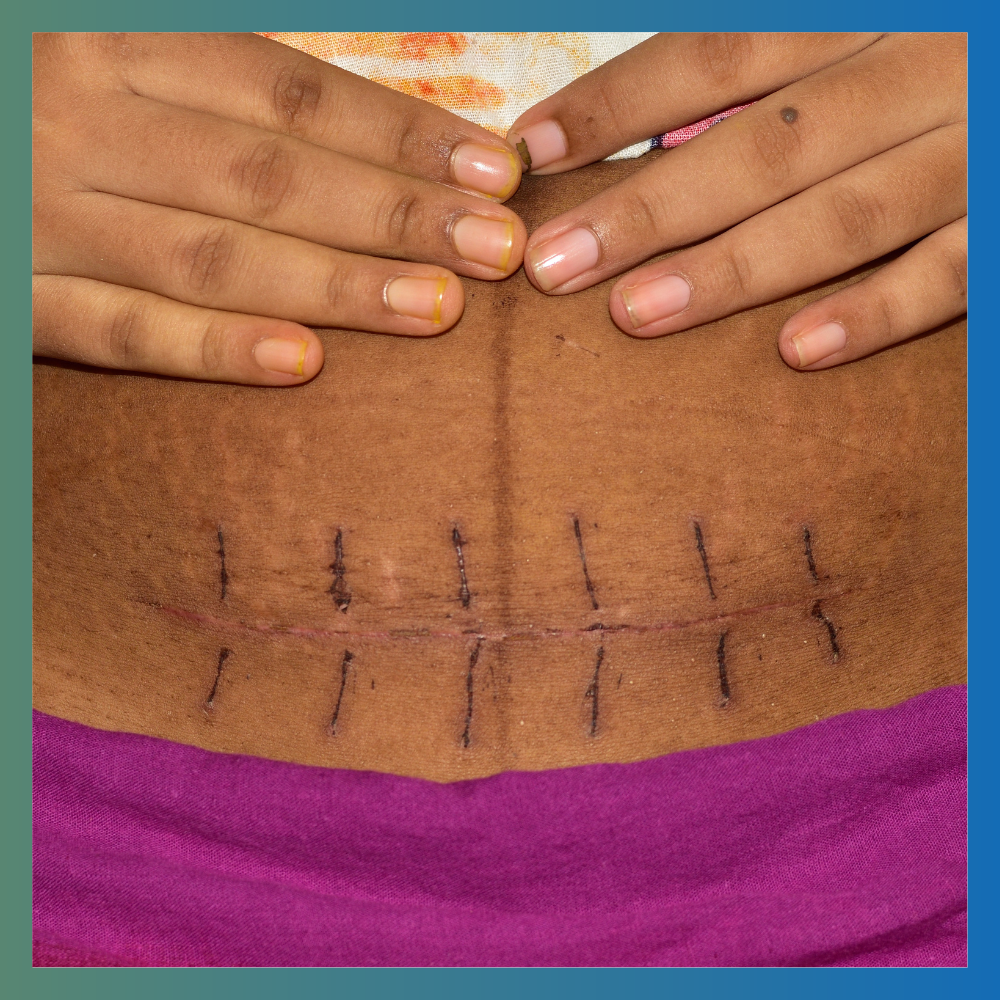Efficacy of Massage on Pain Intensity in Post-Cesarean Women: a Systematic Review and Meta-Analysis
Abstract
Background: Cesarean section is a common surgical procedure that may be considered a safe alternative to natural birth and helps to resolve numerous obstetric conditions. Still, the Cesarean section is painful; relieving pain after a Cesarean section is crucial, therefore analgesia is necessary for the postoperative period. However, analgesia is not free of complications and contraindications, so massage may be a cost-effective method for decreasing pain post-Cesarean. Our study aims to determine the massage role in pain intensity after Cesarean sections.
Methods: We searched five electronic databases for relevant studies. Data were extracted from the included studies after screening procedures. We calculated the pooled mean difference (MD) and standardized mean difference (SMD) for our continuous outcomes, using random or fixed-effect meta-analysis according to heterogenicity status. Interventional studies were assessed for methodological quality using the Cochrane risk-of-bias assessment tool, while observational studies were assessed using the National Institutes of Health’s tools.
Results: Our study included 10 RCTs and five observational studies conducted with over 1,595 post-Cesarean women. The pooled MDs for pain intensity considering baseline values either immediately or post 60-90 minutes were favoring the massage group over the control group as follows:(stand. MD = -2.64, 95% CI [-3.80, -1.48], p > .00001; MD = -2.64, 95% CI [-3.80, -1.48], p > .00001, respectively). While pooled MDs regarding post-intervention only either immediately or post 60-90 minutes were:(stand. MD = -2.04, 95% CI [-3.26, -0.82], p = .001; stand. MD = -2.62, 95% CI [-3.52, -1.72], p > .00001, respectively).
Conclusion: Our study found that using massage was superior to the control groups in decreasing pain intensity either when the pain was assessed immediately after or 60-90 minutes post-massage application.
Downloads the last 12 months

License
Copyright (c) 2023 Author(s)

This work is licensed under a Creative Commons Attribution-NonCommercial-NoDerivatives 3.0 Unported License.





.png)





